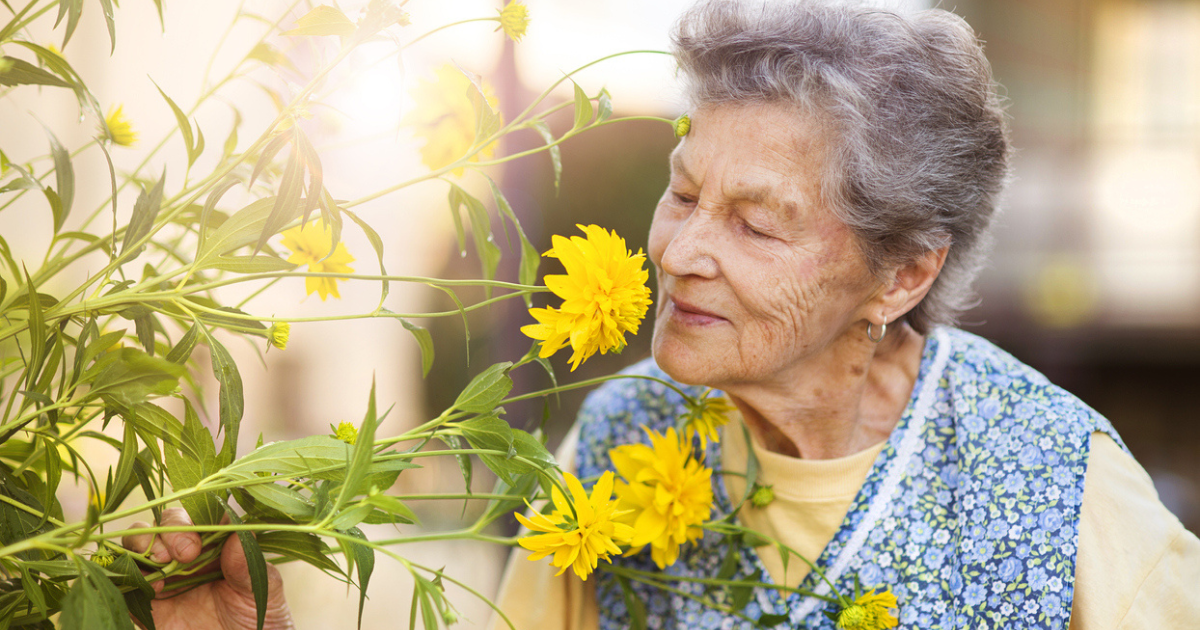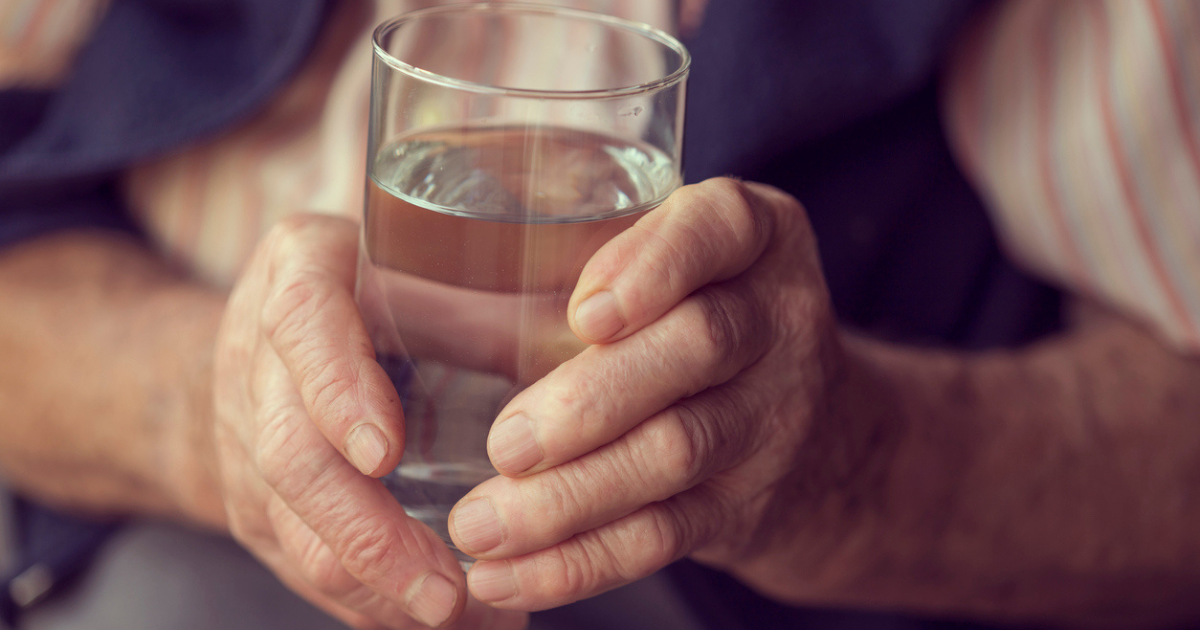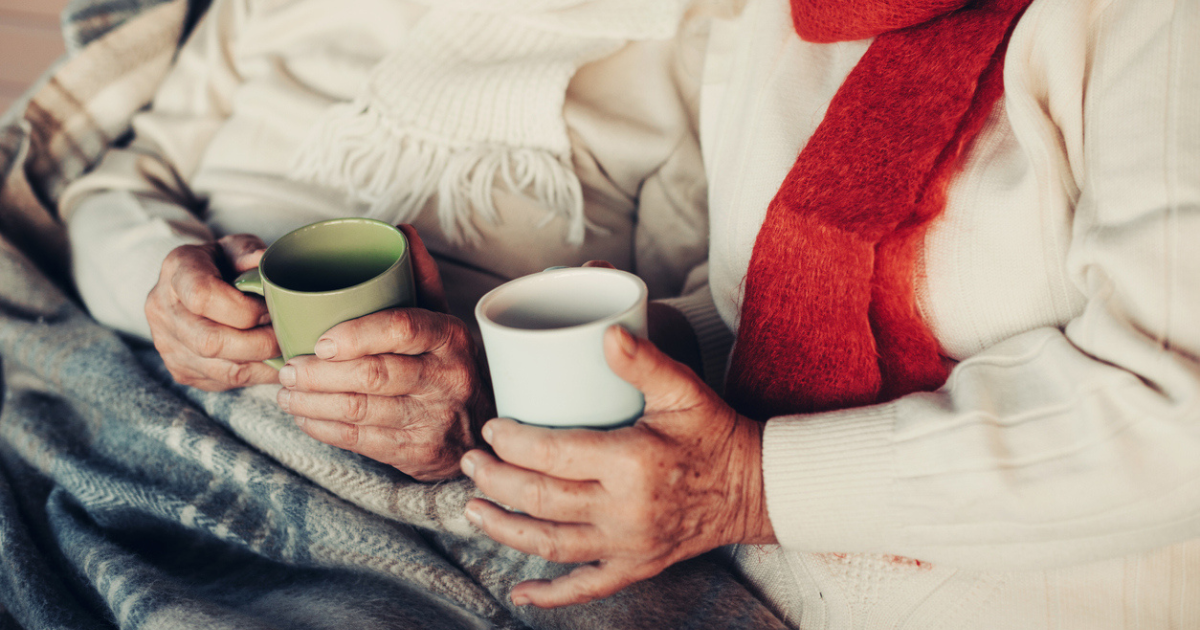
As the seasons shift, so do the needs and challenges in managing home health care for our loved ones. Whether it's the brisk cold of winter, the blooming allergies of spring, the scorching heat of summer, or the slippery leaves of fall, each season brings its unique set of health considerations. Adapting a care plan for elderly patients for these seasonal changes is not just a matter of comfort but of safety and well-being.

Spring
Spring symbolizes new beginnings and rejuvenation, but it also brings challenges, particularly for those with allergies and respiratory issues. Here’s how family members and caregivers can prepare your loved one’s home healthcare plan for this vibrant yet demanding season:
Managing Allergies and Respiratory Issues
- Identifying Allergens: Start by identifying the common allergens in your area during spring, such as pollen, mold, or dust. Keeping track of local pollen counts can be helpful.
- Air Quality Control: Use air purifiers with HEPA filters to maintain clean indoor air. Regularly changing air filters in the home and keeping windows closed during high pollen days can significantly reduce allergen exposure.
- Regular Cleaning: Increase the frequency of cleaning to reduce dust and mold accumulation, focusing on areas like bedding, curtains, and carpets where allergens can linger.
- Medication Management: Make sure that any allergy medications are up-to-date and easily accessible. Consult with healthcare providers to adjust or introduce medications as needed for the season.
Embracing Outdoor Activities
- Gentle Exercise: As the weather gets warmer, encourage light outdoor activities such as walking or gardening. These activities can improve physical health and provide a mental boost.
- Sun Protection: While enjoying the outdoors, remember to use sun protection, including sunscreen and hats, to protect sensitive skin.
- Dress Appropriately: Dressing in layers can help manage the varying temperatures of spring. Ensure your loved one has access to appropriate clothing.

Summer
Summer brings longer days and warmer weather, which can be enjoyable but also poses risks, especially for the elderly and those with multiple chronic conditions. Here’s how to adapt your loved one’s home healthcare plan for the hot summer months:
Combating Heat and Humidity
- Maintaining a Cool Environment: Use air conditioning or fans to keep the home cool. If air conditioning isn’t available, consider spending the hottest parts of the day in cooler places like community centers or libraries.
- Avoiding Peak Heat: Limit outdoor activities to early mornings or evenings when temperatures are lower. It's important to avoid the midday sun when it's at its strongest.
- Appropriate Clothing: Opt for lightweight, loose-fitting, and light-colored clothing that allows the skin to breathe and helps regulate body temperature.
Hydration Is Key
- Regular Fluid Intake: Encourage frequent drinking of water or hydrating fluids, especially if your loved one is not keen on drinking regularly. Avoiding alcohol and caffeine can also help maintain hydration.
- Hydrating Foods: Incorporate fruits and vegetables with high water content into meals, such as watermelon, cucumbers, and strawberries.
Nutrition in the Heat
- Lighter Meals: Opt for lighter meals that are easier to digest. Heavy meals can increase body temperature.
- Safe Food Storage: Be vigilant about food storage and safety, as higher temperatures can lead to quicker food spoilage.
Skin Care and Sun Protection
- Sunscreen Use: Apply broad-spectrum sunscreen with a high SPF to protect against UVA and UVB rays, reapplying as needed.
- Cover Up: Use hats, sunglasses, and sun-protective clothing when outdoors to protect the skin and eyes from harmful UV rays.

Fall
Fall is a season of transition, bringing cooler temperatures and changes in the environment that can affect health and safety. Here’s how to prepare your loved one’s home healthcare plan for autumn:
Home Safety and Fall Prevention
- Avoiding Physical Falls: As leaves fall and rain increases, outdoor surfaces can become slippery. Ensure walkways are clear of leaves and debris. Install handrails or non-slip mats where necessary.
- Indoor Safety Measures: Inside the home, remove clutter, secure loose rugs, and ensure adequate lighting, especially in hallways and staircases.
- Footwear: Encourage wearing non-slip, sturdy shoes both indoors and outdoors to prevent falls.
Adjusting to Cooler Temperatures
- Layered Clothing: As the temperature starts to drop, dressing in layers can help manage the varying temperatures throughout the day.
- Warm Bedding: Switch to warmer bedding options to ensure comfort during cooler nights. Consider using a programmable thermostat to maintain a consistent and comfortable indoor temperature.
Health Check-Ups and Flu Prevention
- Flu Vaccinations: Autumn is the time to get flu shots, particularly important for the elderly and those with chronic health conditions.
- Regular Medical Check-Ups: Schedule routine health check-ups to monitor and manage any ongoing health conditions.

Winter
Winter can be a challenging time, particularly for the elderly and those with chronic health conditions, due to the cold weather and increased isolation. Here’s how to adapt your loved one’s home healthcare plan for the winter months:
Keeping Warm and Safe
- Home Heating: Ensure that the heating system is functioning correctly and efficiently. Programmable thermostats can help maintain a consistent and comfortable indoor temperature.
- Insulation and Drafts: Check for drafts around windows and doors, and use weather stripping or insulation to keep the cold out.
- Safe Heating Practices: Be cautious with space heaters and other heating sources to prevent fires. Regularly check smoke and carbon monoxide detectors.
Preventing Hypothermia and Frostbite
- Layered Clothing: Dress in layers to retain body heat, both indoors and outdoors.
- Head and Extremity Protection: Pay special attention to protecting the head, hands, and feet, as these parts of the body lose heat more quickly.
Nutrition and Hydration
- Hot Meals and Drinks: Serve warm, nutritious meals and beverages to help maintain body temperature and comfort.
- Hydration: Even in colder weather, staying hydrated is crucial. Encourage the drinking of fluids regularly.
Combating Seasonal Affective Disorder (SAD) and Depression
- Light Therapy: Consider using a light therapy box to compensate for the lack of natural sunlight and to help alleviate symptoms of SAD.
- Staying Active: Encourage light indoor activities and exercise to boost mood and overall health.
Maintaining Social Connections
- Regular Check-ins: Regular phone calls, video chats, and safe visits can help reduce feelings of loneliness and isolation.
- Community Engagement: Participate in community events or activities that are safely accessible, like virtual classes or local gatherings.
Care Planning for the Seasons of Life
Embracing the changes each season brings, we can create a nurturing and responsive environment for those in our care. Whether it's adjusting the indoor temperature, planning nutritious seasonal meals, or ensuring regular social interaction, every small step contributes to a larger picture of health and happiness.
If you or your loved one is navigating the challenges of aging and requires compassionate, specialized care in the comfort of your own home, Keystone Health is here to help.
As Idaho's pioneering geriatric clinic, we bring our expertise in managing chronic conditions, including dementia care, directly to you in the Greater Boise area.
Choose Keystone for dedicated, personalized care that meets you right where you are. Contact us to explore how we can support your journey through the seasons of life.
